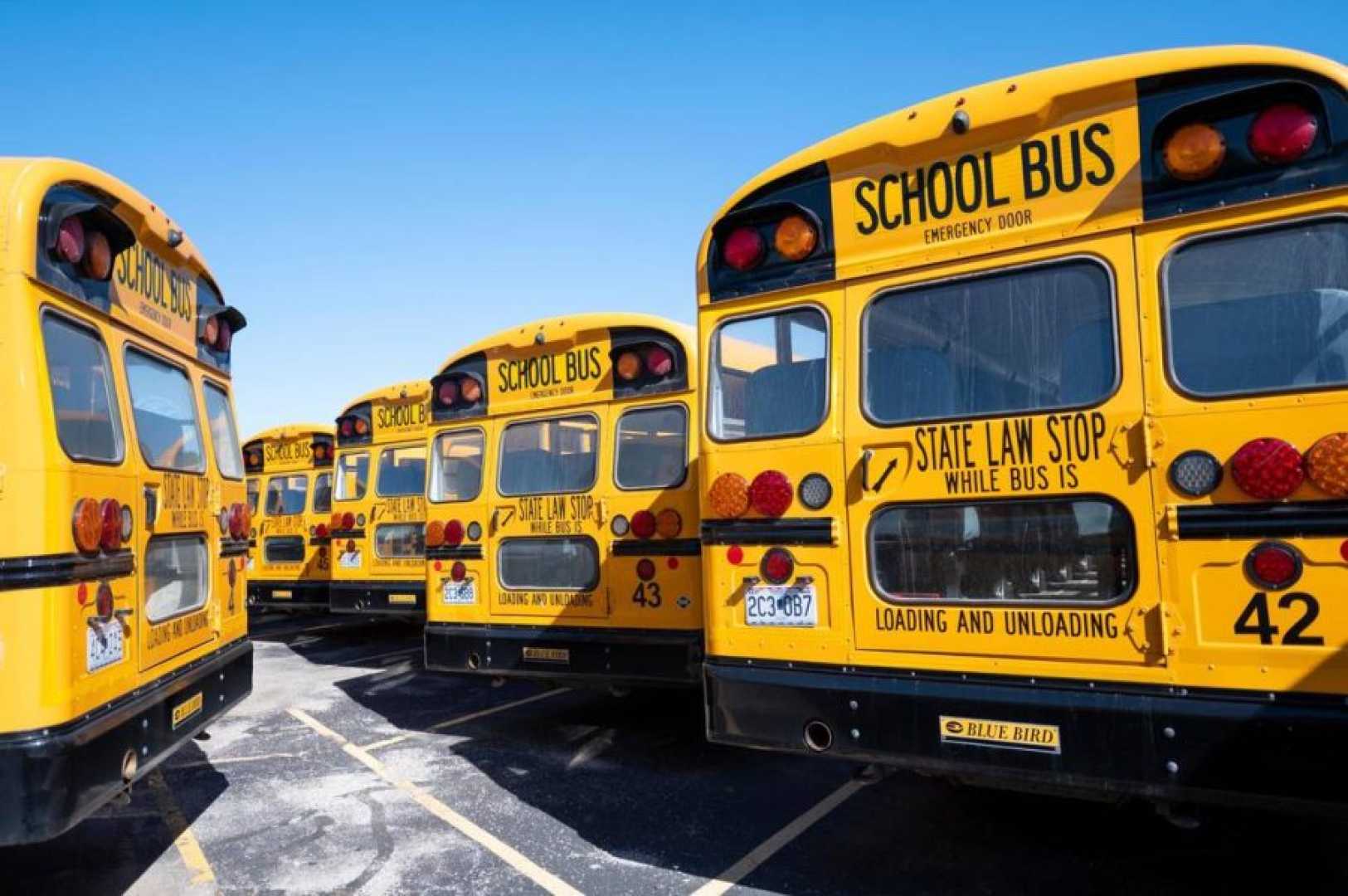Education
Olathe School District Updates Start and End Times Amid Bus Driver Shortages

OLATHE, Kan. — The Olathe School District is set to provide an update Thursday on the first semester of its new start and end times, implemented in December 2023 to address bus driver shortages. The changes, which shifted school schedules to a three-tier bus system, have sparked both logistical improvements and parental concerns.
Under the new schedule, high schools and the Prairie Learning Center operate from 7:40 a.m. to 2:40 p.m., middle schools and the Harmony Early Childhood Center from 8:20 a.m. to 3:20 p.m., and elementary schools and the Heartland Early Childhood Center from 8:55 a.m. to 3:55 p.m. Previously, elementary schools ran from 8:20 a.m. to 3:40 p.m., middle schools from 7:50 a.m. to 3:10 p.m., and high schools from 8 a.m. to 3 p.m.
The three-tier system allows bus drivers to complete three routes per shift, reducing the number of drivers needed and saving the district an estimated $750,000 annually. Additional benefits include shorter ride times, no combined middle and high school routes, and reduced fuel and overhead costs. However, the later start times for elementary students have raised concerns about before-school care and student safety.
“One of my biggest concerns is the safety of my students,” said Megan Bricks, a teacher at Forest View Elementary, during the plan’s adoption. “There are buildings across the district, including mine, where students are already being dropped off at the front door to wait outside unsupervised. If we were to push the time back, I’m worried about the number of unattended students.”
District administrators, including representatives from all school levels and the transportation department, are expected to address these concerns during Thursday’s update. The meeting will also provide an opportunity to evaluate the overall impact of the new schedules on students, staff, and families.
The Olathe School District serves over 30,000 students and is one of the largest in Kansas. The changes come as school districts nationwide grapple with bus driver shortages, a challenge exacerbated by the COVID-19 pandemic. The district’s approach has been closely watched as a potential model for other systems facing similar issues.












